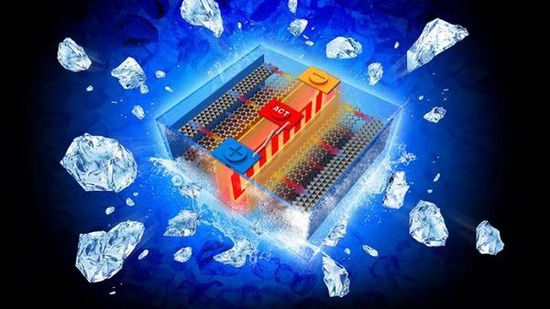Li-ion battery charging in low temperature environment has certain risks. Because with the decrease of temperature, the dynamic characteristics of graphite anode become worse and worse. During the charging process, the electrochemical polarization of the anode is significantly intensified. The precipitated metal lithium is easy to form lithium dendrites, break through the diaphragm and cause the positive and negative pole short circuit. Try to prevent lithium ion batteries from charging at low temperature.
Because of the low temperature, the lithium ion battery nested on the negative electrode will appear ionic crystals, which will directly pierce the diaphragm. Generally, it will cause micro-circuit, which will affect the life and performance, and may explode seriously!
According to the research of experts, the use of lithium-ion batteries in low temperature environment for a short time, or when the temperature is not low enough, will only temporarily affect the battery capacity of lithium-ion batteries, but will not cause permanent damage. However, if it is used in a low-temperature environment for a long time, or in an ultra-low temperature environment of – 40 ℃, the lithium-ion battery may be frozen and cause permanent damage.
Lithium ion batteries used at low temperature have problems such as low capacity, serious attenuation, poor cycle rate performance, obvious lithium precipitation and imbalance of lithium removal and insertion. However, with the continuous expansion of application fields, the low temperature performance of lithium-ion batteries has become more and more obvious. In the fields of special aerospace, special and electric vehicles, the battery is required to work normally at – 40 ℃. Therefore, it is of great significance to improve the low-temperature properties of lithium ion batteries.
As for lithium-ion battery, there is no clear theory to support its internal resistance, discharge platform, life, capacity and other inevitable relations under various temperature performance in the industry at present, and the relevant calculation formula and mathematical model are still in the exploratory stage. In general, lithium-ion batteries are not sensitive to temperatures in the range of 0-40 ℃. However, once the temperature exceeds this range, life and capacity will be reduced.
The low temperature performance of lithium-ion batteries made of different materials is also different. Now the hottest lithium iron phosphate is the worst at low temperature. Our products have a capacity of 89% of the maximum capacity at – 10 ℃, which should be relatively high in the industry; The discharge capacity can reach 95% at 55 ℃, and the attenuation of relatively low temperature is relatively small.
Recharging lithium ion battery at low temperature will precipitate metal lithium on the anode surface of the battery, and this process is irreversible. This will cause permanent damage to the battery and reduce the safety of the lithium-ion battery.
